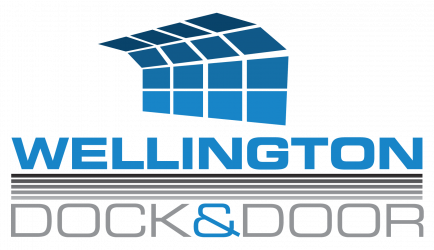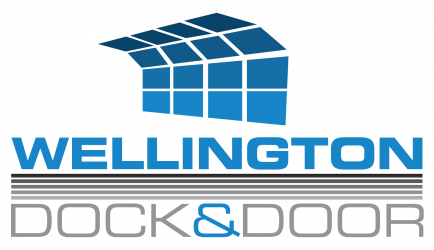All products and services provided by Wellington Dock & Door are warrantied to the original customer against installation defects, service or repair defects, garage door part defects, and missing parts or hardware.Your warranty does not cover normal wear and tear, damage caused by others, misuse of products/modifications, failure to perform planned/preventative maintenance, customer applied paint or exposure to corrosive substances, and natural damage. Know the ins and outs of your warranty by reading our Warranty Terms and Conditions.

